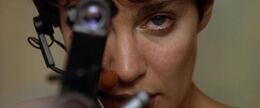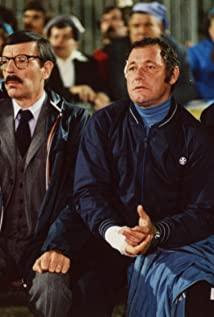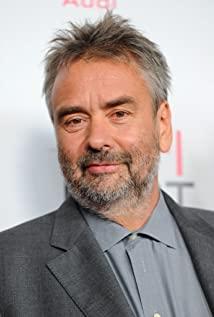Nikita is different from the killer in gangster movies in the usual sense. From the beginning, the story is not to show a prototype of a mediocre killer before growing up to contrast the self-growth of the killer at the climax point. In the previous killer movies, the audience often experienced the pain of loss as the protagonist grows up. The strong external force in the film is often the protagonist. The motivation to always fight and grow will eventually form a new round of philosophical experience and sublimation after defeating evil. Applying Vladimir Prop’s narrative research structure, the setting of bad guys, benefactors, heroes or victims, fake heroes, etc. will guide the story from the dilemma of the meta-society, through a series of struggles and resolutions, and finally complete Redemption in crisis. From another perspective, this mythical narrative system leads to extremes and simplifications on both sides of things due to its own separation. Simple good people, simple bad people, black and white characters usually take their place in the narrative. Produce a critical influence on the plot. From the characteristics of this sequence, the story is more like an isolated language with fixed grammar and different content.
Nikita did not encounter strong antagonistic forces in the process of becoming a killer. Her three missions ranged from easy to difficult, and ultimately uncontrollable. Her path to the killer was both like an arrangement of fate, but also in the pursuit of herself. The test had to go through. Nikita experienced a real death. After rebirth, she resisted her true self, but had to admit that she would live in an invisible cage. In the scenes of gun battles and killings, we could not get the expected sense of resolution. Instead, we were full of doubts. We were constantly distracted to consider the value and morality of doing so. Luc Besson took his own thoughts on women and showed a cold-eyed look. It is the return path of the anti-hero-like "mad women" given meaning by men.
Borrowing Todorov’s narrative paradigm, the old balance is broken by the new balance. The power of integration and confrontation restricts each level of balance. The characters in this film appear in turn: Nikita and the bandit accomplices, and the coach responsible for transforming her (coach) ), the supermarket cashier (boyfriend), and the killer who broke the balance of the third mission (Victor). These four groups of images are the plot promoters deliberately described by the director. They revolve around the final balance of Nikita's heart. They suggest and forcefully Affected the result of the film, that is, a final balance with no result.
The first break of balance started with a group of four robbers who followed a ritualized quick glance at the beginning of the film. The four undulating paces dragged a green-haired corpse to one of them, the pheasant’s pharmacy. , They are desperately looking for some kind of medicine. Nikita's hair was dyed red at this time, and he used the music in the earphones to relieve some of his feelings. Based on the appearance, it can be inferred that the green-haired corpse may have been an accomplice of the robber who had died because of a virus before.
The camera looks at everyone, accepting their narcissism, violence and strong sense of presence. This is not a cautious stealing, except for the cowardice of the pheasant and the first death, the one who called me Rick, and jumped on the table and slashed wildly. Nikita's performance-style confrontation also contrasts Nikita's anxiety like being absent at this time. This destructive force caused the police to suppress it, and soon Nikita lying in the corner was left alone. When all the accomplices were killed, Nikita, who closed his eyes and calmed down, seemed to have experienced a period of crazy music. The first sentence that the policeman who took off her headset heard was to ask whether he killed all of them. At this time, a calm killing broke out. It is no different from when Nikita became a professional killer in the second half. The killer hidden in the character begins to appear. The breaking of the superficial confrontation between the robber and the police implies that the balance of the story will shift from the confrontation between righteousness and evil to the inner state of the characters. As far as the battle scenes are concerned, this segment is the film’s most blatant, straightforward and wonderful foreshadowing drama. In the mysterious and strange atmosphere of blue and green, red fire light bursts out from time to time. This is Nikita at this time. Enjoy crazy music.
View more about Nikita reviews









